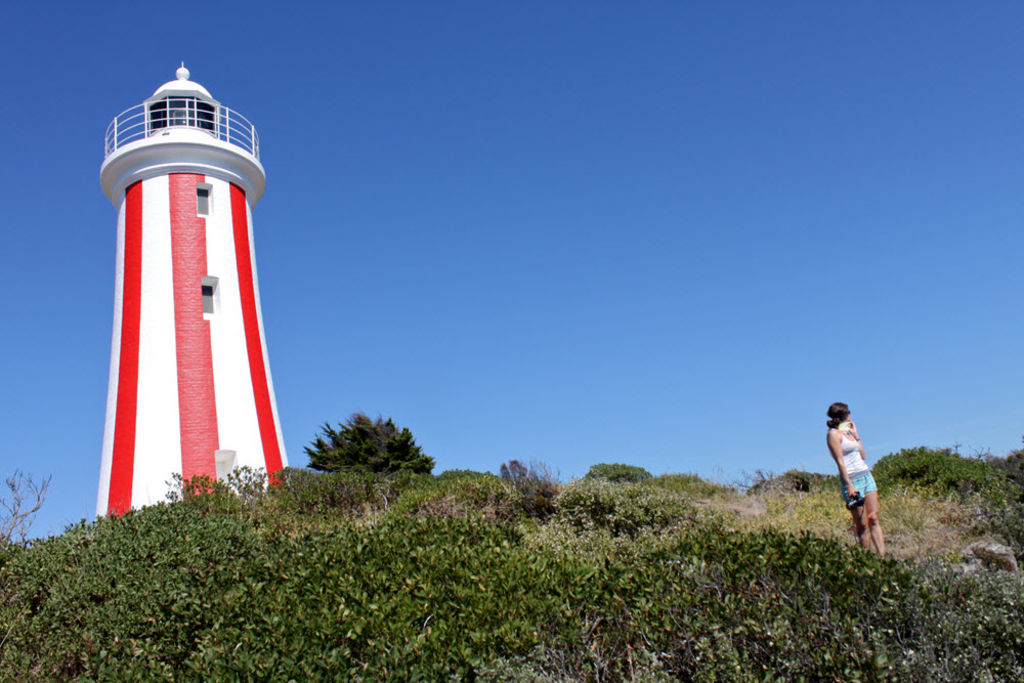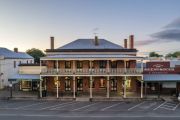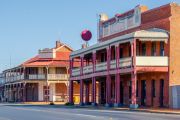
8 Australian lighthouses that have survived out of the spotlight
Once important buildings that saved lives, lighthouses have now become symbols of a long-lost era.
With the advent of electronic navigation, most have been rendered obsolete, but thanks to campaigns from various groups, many of the structures have been saved and remain as relics of a simpler time.
Australia is still home to more than 300 lighthouses around the coast, with many now heritage-listed or being used as unique accommodation.
Here are some of the most interesting lighthouses still standing in Australia. Some are entirely isolated, some are historically significant, and some are just plain weird.
Cape Otway Lightstation – Victoria
Self-described as “Australia’s most important lighthouse”, the Cape Otway Lightstation was built in 1848 at the foot of the impenetrable forests of the Otways.
It’s the oldest surviving lighthouse on mainland Australia, and was used as a radar station during WWII. Hundreds of lives were lost in shipwrecks off the nearby coasts, leading to the lighthouse’s construction, with the towering structure often being the first sight of land for those migrating from Europe.
The lighthouse now serves as accommodation, with historical and ghost tours run through it.
Sugarloaf Point Lighthouse – New South Wales
Build next to a town with a population of just 130 people, this lighthouse sits atop a steep red cliff keeping watch over jagged rocks in the sea. It was completed in 1875 when the area was a haven for timber and fishing.
The site is now heritage-listed, with accommodation on offer in the keeper’s cottage down below.
South Channel Pile Light – Victoria
Built in the sea off the coast of Rye, this is the last of its kind still intact in Australia.
The structure includes a living room with a fireplace and chimney, bedroom with bunk beds, an inspector’s office and a hole-in-the-floor toilet – pretty impressive considering the entire thing has a diameter of just six metres.
It operated for 111 years until the light was turned off permanently in 1985. Following this it fell into disrepair due to a lack of maintenance and vandalism, and was quickly overrun by birds. Because of this, the entire structure was lifted out of the sea in 1998 and restored, before being returned to a new spot in the Rye Channel, three kilometres from its original home.
Mersey Bluff Lighthouse – Tasmania
Built in 1889 and now famous for its distinctive vertical red-striped day mark, the lighthouse’s construction put an end to a series of shipwrecks in the area.
It was de-manned and automated in 1920 and converted to entirely electric operations in 1978, with the keeper’s cottage demolished in 1966.
Cape Borda Lighthouse – South Australia
Built on Kangaroo Island in 1858, this is the third-oldest still-standing lighthouse in South Australia.
It’s best known for the small cannon that was placed next to it in part due to the Russian scare. It was believed that the cannon would be symbolic of a small nearby military presence and then deter an invasion from enemy ships – while the lighthouse also served as a lookout for Russian ships.
Wilsons Promontory Lightstation – Victoria
Quite possibly the most isolated lighthouse in Australia, visitors face a 19-kilometre hike through Wilsons Prom to reach it and the surrounding cottages.
Built in 1859 with granite from a nearby quarry, the lighthouse was automated in 1993, and is now solar powered and only requires an annual service.
The lighthouse and cottages now offer a unique accommodation option, if you can muster the energy for the walk.
Point Danger Lighthouse – Queensland
The aptly named site holds claim to being the first lighthouse in the world to experiment with laser technology, back in 1971.
Unfortunately the experiments proved to be unsuccessful and the lighthouse returned to the conventional mirrors, magnifying glasses and electric lamps later in the 70s.
Williamstown Lighthouse – Victoria
The lighthouse in Williamstown resembles more of a castle turret than a traditional spotlight building. It was first constructed in 1840 at a cost of £50, and was declared a historical site in 2000.
It was removed and restored by the Williamstown Historical Society, with the top square tower having its timeball apparatus replaced.


















